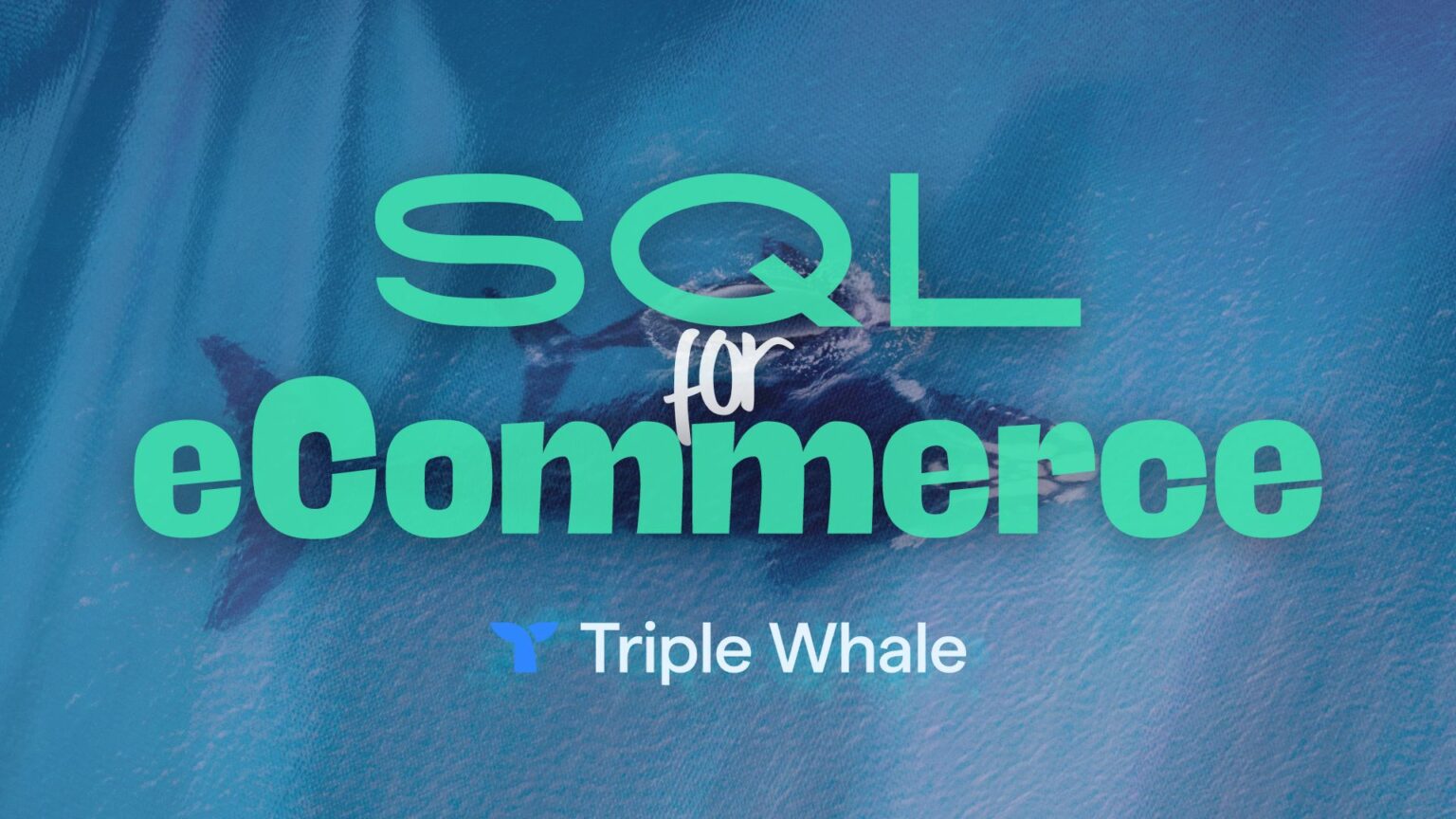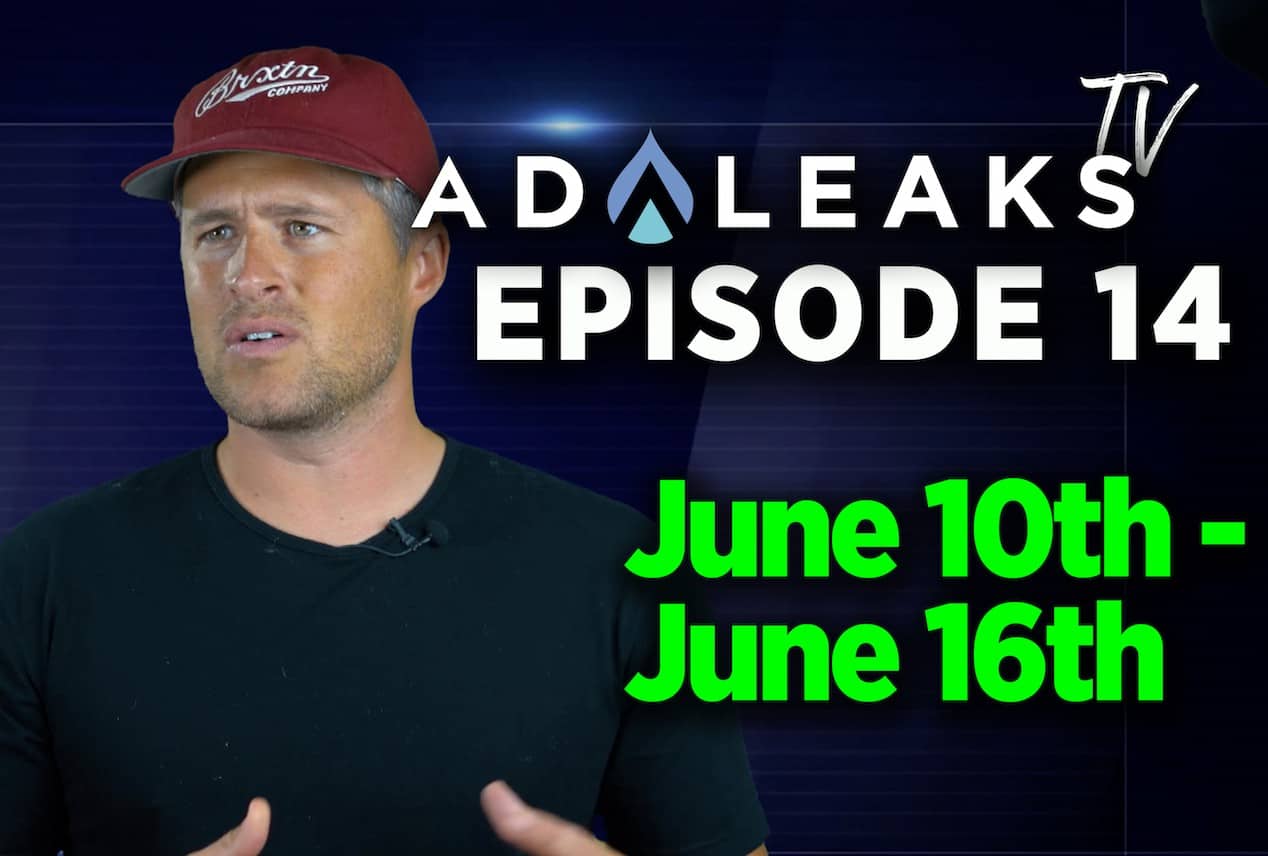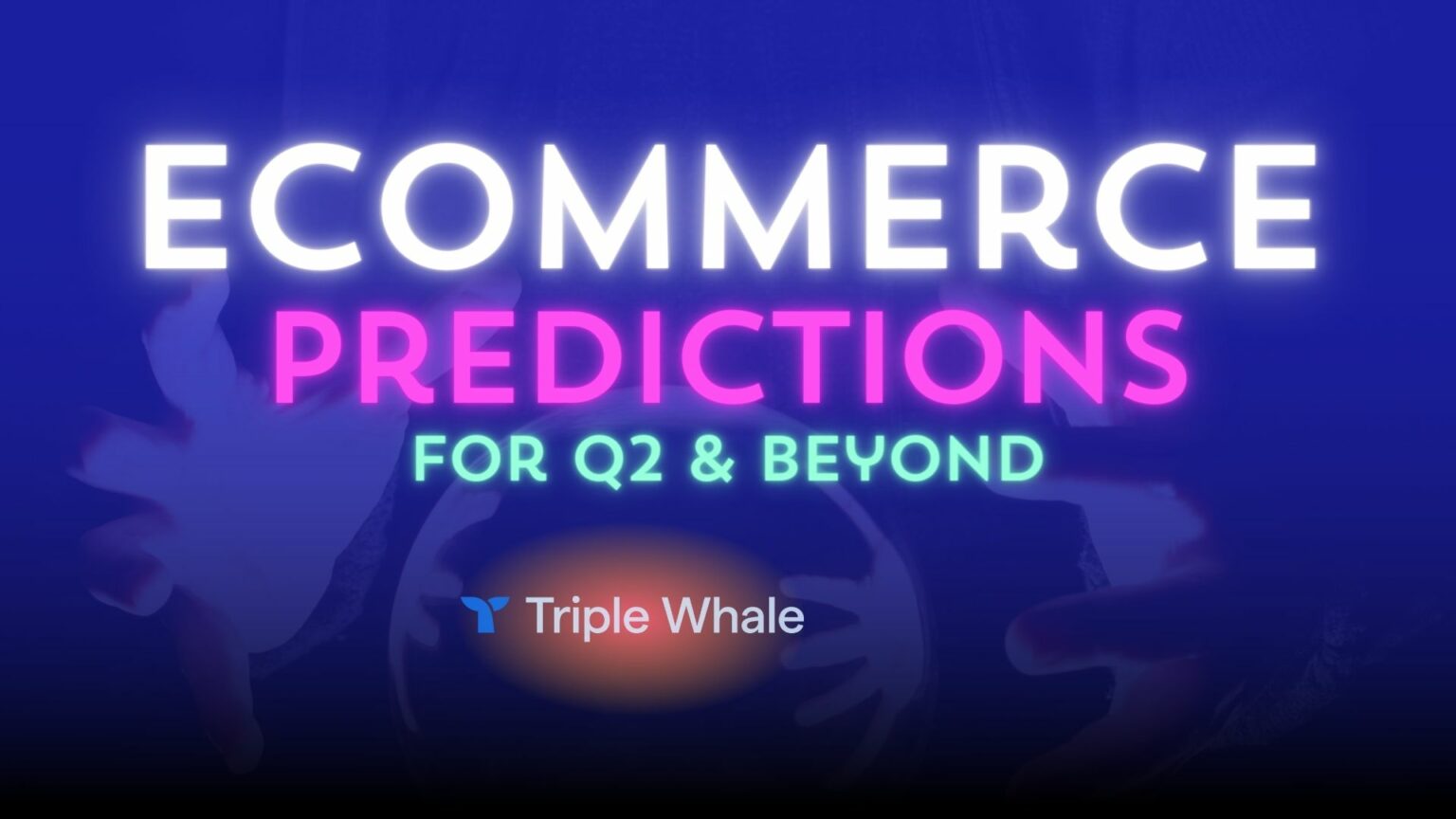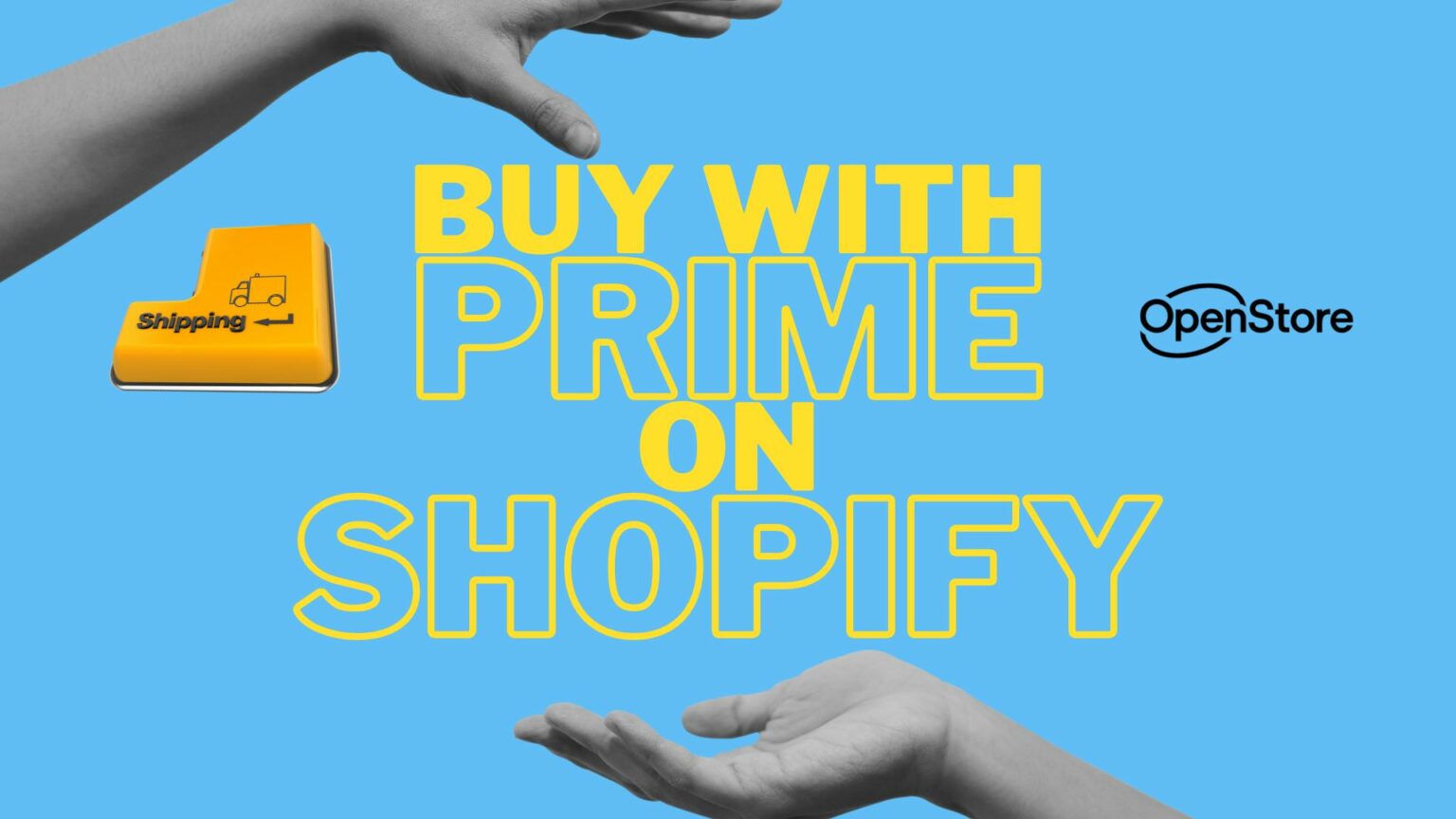
AdLeaks TV Episode 14: Lead Gen Tricks, FB Delivery Insights & More


Hi, I’m Luke Kostka. Welcome to AdLeaks TV Episode 14.
Today we’re sharing a few of the top AdLeaks posts from June 10th through the 16th.
But first, thanks as always to you, our AdLeaks members and contributors. We couldn’t do this without you.
Don’t forget to drop a note in our Facebook groups, and check out all the deals and discounts just for you on AdLeaks.com.
Also, if you aren’t a member, go to JoinAdLeaks.com right now and sign up.
We’ve got video tutorials, case studies, tips for eCommerce, Facebook Ads, Google Ads, content creation -- the list goes on and on, and there’s new content just about every day.
It’s all in AdLeaks so you can scale your marketing and grow a bigger, better business.
We’re also on Instagram and YouTube, so check us out there.
Let’s get started.
Sneak Attack Method For Lead Generation
Our first video in AdLeaks TV Episode 14 is from a new member, Jason Hunt. Thanks Jason!
In this video, Jason explains how he uses Tim Burd’s Sneak Attack Method for lead generation:
Video Excerpt
“The sneak attack conversions campaign is built for conversions. Basically, we're telling Facebook, put our ads in front of people that have a tendency to become a lead.
“If you look here, we've got a daily budget of a thousand dollars. Now, we're not spending a thousand dollars today. Facebook is not able to spend a thousand dollars a day because we have a big cap in place.
“If I go into this campaign, you'll see I have several different audiences set up. Now, it's recommended that you should have at least five audiences set up -- a mix of cold look-alikes and interest-based audiences to target. In this case here, I've got eight audiences.”
…
“So the big cap right now as it stands, we're looking at forty-four dollars. So what? The way it got to this point is incrementally increased. So every day I'll go in there and I will up the bid by two dollars.
“Now, as I'm looking at it, I will keep a very close eye on how many impressions I'm getting that day. That's important because that's going to tell me whether or not that bid is in the right place.
“If no impressions are filtering through and I'm not getting any clicks whatsoever, that tells me our bids are way too low and other people are outbidding us in the Facebook auction.
“What we're trying to do is trying to get that bid to a certain place where you're getting the perfect amount of traffic coming through, not too much where you're blowing your entire daily budget and not too little where you're basically scraping for clicks.”
Thanks again Jason, and welcome to the group.
Performance Tracker Sheet
Next up we have a video from Maxwell Finn, who’s one of our moderators and CEO of Unicorn Innovations.
Maxwell shared the performance tracker sheet that his team’s ad buyers use as a checklist to launch new offers, track weekly actions, collect ideas, and more.
“Here’s a report that we use for all of our media buyers and performance team right now I think would be super useful. I'll share this template as well.
“It’s something we put together as we've continued to grow. Giving people checklists and structure is really important, especially on your media buying team when you're spending a lot of money and running a lot of ad accounts. You need to be on the same page and need to make sure everyone has the same systems and structure in place. Otherwise, it becomes a mess really fast.
“You can't have a really clear picture as an owner of a company or a manager of a division of how much money is being spent on every ad account. What the performance looks like, what ideas are being implemented, what's being tested, and so on. What do the results look like? Where are they in the implementation phase? Are they in the testing phase, optimization phase, or scaling phase? Then you're really in a struggle.
“The thing with templates and systems and structure is that they’re evolving, they’re a process. So we're always adding to these things and improving these things. But I think this gives everyone a really strong foundation, no matter where you're at with your business right now.”
The video is about 15 minutes, and Maxwell was nice enough to include a downloadable template if you think this system can help your team too. Thanks Maxwell!
Google Search Ads Training
We have two more videos for you today. The first is a Google Search Ads training from Vincent Beima.
This is a really, really well put together presentation that explains the fundamentals of Google Ads.
“It doesn't matter if you have one ad, two ads, or four or five ads. Google ‘roulettes’ these ads per ad group in the back end, so you have no control which ad shows up.
“This question is very important to keep asking yourself: do the keywords in this ad group represent the same intent? Because you have to imagine that intent, which is on the input level, relates to the final step.
“Some people are almost still the research phase. Some people are in the buying phase. So you cannot put these keywords in the same ad group because where they are in the customer journey is totally different.
“Next to that, we have a problem with messaging. Somebody that's doing research right now needs different messaging than somebody in the buying phase. And thirdly, we also have the landing page for each intent because each intent tells us what people are searching for. And we have to connect that to a landing page on the ad itself.”
Thanks a lot, Vincent.
If you’re avoiding Google Ads because it’s overwhelming, or you want to expand beyond Facebook Ads, we highly recommend this video. It’s less than 10 minutes, and by the end, you’ll be a Google Ads genius.
Server-Side Events & Tracking
Finally, we have a video about server-side events and tracking from Thomas Bartke.
This one is a bit technical, but Thomas explains how a server-side API can help with things like attribution and recurring payments.
“There are basically two steps. One is you enable Zapier up here as an integration. That makes it a lot easier than if you had to build this all yourself. This is done in the events manager.
“When you get into the events manager for the pixel you want to use, start with your main master pixel to set this up. And you scroll down here to settings and you enable Zapier here. So that's number one.
“And then I have a ‘Zap’ here that I have created in my Zapier account. I'm sharing this Zap with you. So you simply click on the zap here on this link. This opens up in your account and then you get to set this up and customize it for your Shopify store and for your Facebook assets.
“This Zap has all the leg work already integrated with it so that you actually don't have to put all these parameters and all the events together. That's all in there. The only thing that you have to customize here is you hook up your Shopify store, obviously, and then you hook up your business manager and your pixel.”
The whole video is about 12 minutes, and Thomas has a lot of great information for you, so take a look. And thanks, Thomas.
Alright, we’ve got one more for you today — the Throwback Post of the Week! Let’s go.
AdLeaks TV Episode 14: Throwback Post of the Week
This week we’re going all the way back to August 2018 to bring you a classic, vintage Tim Burd post.
Tim put together a great video on Facebook Ads Delivery Insights just for AdLeaks.
In under five minutes, Tim explains Audience overlap, Auction overlap, and what you should look out for. Let’s take a look:
“All you do is highlight this ‘active’ area, and if some of them don't have enough reach for the day, they won't show up. This only works on the active ones.
“Just click see delivery insights, and it takes us to the delivery insights section. In here, it's going to show you the last seven days by default. And you can obviously change that. We're going make it the last 14 days to see a little extra data.
“You can see some interesting stuff in here. This first tab is audience saturation, and that will tell you if your audience is saturated or not. Which is a good metric to look at. One, it has the number of impressions you've seen, which is the same data as in Ads Manager.
“Then you have your first time impression ratio, which is basically just how many people are seeing your ad for the first time in your audience. And the cumulative reach is how many people total. And you’ll notice that it goes up every day. That's the total number of people in your audience that you've reached ever.
“Then is your audience reach ratio, which is how much of your audience you've actually reached, percentage-wise. As you can see, even after all this, we've only reached 3.5% of the audience, which is super small.”
Great stuff. Thanks Tim.
AdLeaks TV Episode 14: Final Thoughts
And that’s AdLeaks TV Episode 14! Thanks for watching, and thanks to all of our contributors this week.
We hope these posts help you run better campaigns and grow your business.
On that note, if you aren’t in the group, go to join.adleaks.com and get connected. Please.
The stuff we bring you here is just a few highlights from the AdLeaks boards.
If you join, you’ll get the latest information, updates, and more, long before I talk about any of it in these videos.
Also, remember to like, follow, and subscribe to AdLeaks on your favorite social network, and check out more AdLeaks TV on our YouTube channel.
I’m Luke Kostka, and thanks again for watching AdLeaks TV Episode 14.





